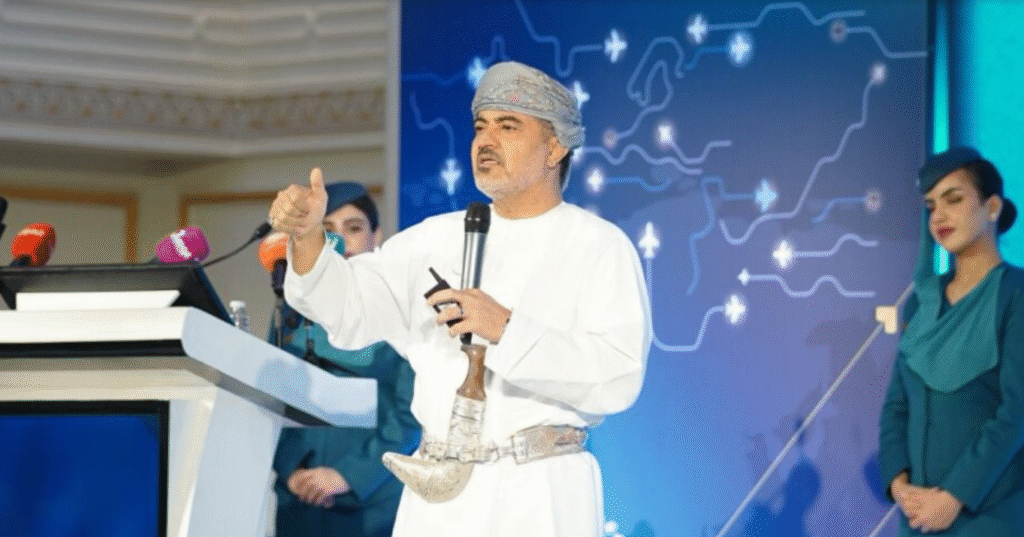Muscat : These figures were shared at the annual joint media briefing held by Oman Air and Oman Airports, under the patronage of His Excellency Eng. Saeed bin Hamoud Al Maawali, Chairman of both entities and the Minister of Transport, Communications and Information Technology.
The media briefing focused on the latest developments in their plans for financial sustainability and economic success.
His Excellency the Minister affirmed the commitment to a comprehensive review of government-owned companies to enhance their performance and contribution to the national economy. He noted that Oman Air’s restructuring efforts have led to an expanded network, increased profits and direct passenger numbers, and an improved financial standing. Oman Airports is also pursuing a similar path to streamline operations and enhance passenger experience.
Acting CEO of Oman Airports, Hamood Al Alawi, highlighted that operating revenues reached RO 114.5 million by the end of 2024, driven by increased passenger numbers at both Muscat and Salalah Airports. Muscat International Airport alone saw a total of 12.9 million passengers in 2024, reflecting a 3 percent increase compared to the previous year. Across all Oman Airports, passenger numbers rose by 4.1 percent, indicating continued recovery and growth in the aviation sector.
Oman Air also reported a 7 percent increase in direct passengers as part of its ongoing transformation strategy, which has contributed to network expansion, improved profitability, and a stronger financial position. His Excellency the Minister emphasized that the government is committed to conducting a comprehensive review of state-owned companies to enhance their performance, efficiency, and role in supporting the national economy.
Salalah Airport was noted as nearing full capacity and has begun receiving direct flights from Europe, marking a significant step forward in positioning the Sultanate as a growing destination for international travellers. The number of tourist visa holders arriving in Oman has also increased, aligning with broader efforts to boost the tourism sector.
Hamood Al Alawi also addressed both achievements and ongoing challenges, including outdated infrastructure, high emergency maintenance costs, and the need for greater digitisation and centralised systems. He noted that despite these hurdles, Oman Airports has successfully realigned its operations to focus on optimizing performance and enhancing the passenger experience.
Following Oman Air’s internal restructuring, 71 employees were transitioned to roles within Oman Airports, reflecting a broader effort to preserve jobs while streamlining operations. The ground handling segment remains a challenge, with limited market volume and increased competition affecting service providers.








